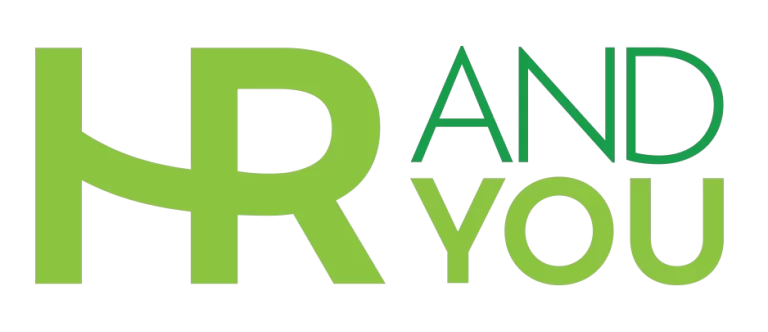
Get ready for the Statutory Payments increasing in 2025
Each year statutory payments, employment rates and limits increase, this occurs in April each year, all in all the rises
You may or not be aware that there are laws that govern the Personal Protective Equipment (PPE) 1992 Regulations (PPER 1992), the legislation changed on 6 April 2022 the Personal Protective Equipment at Work (Amendment) Regulations 2022 (PPER 2022) came into force. In this edition of our latest news, you can read to find out what has now changed, and as an Employer what you need to do to stay compliant with the change to the HSE regulations.
Whilst duties do remain unchanged for you as an Employer, they are extended however, let’s take a look below just how the amendment affects you:
You can find full guidance here: Personal protective equipment at work (L25) and Risk at work – personal protective equipment (PPE)
Whilst PPER1992 placed a duty on every Employer in the UK to ensure that suitable Personal Protective Equipment (PPE) was provided to ‘Employees’ who may be exposed to a risk to their health or safety while at work, PPER 2022 as of 6 April 2022 extends this duty to limb (b) workers. Employers must take into consideration whether the changes to UK law apply to them and their workforce and comply.
As set out in section 230(3) of the Employment Rights Act 1996, the definition of a worker has ‘2 limbs’:
To clarify the definition of limb (a) and limb (b) worker is described below:
So, as part of the amendment PPER 2022 this then draws on the above definition of worker and captures both Employee’s and workers limb (b), it all sounds complicated, it isn’t really, let’s take a look at how the ‘worker’ and relationships are formed with you the Employer, the term “worker” means ‘an individual who has entered into or works under either:
It is important to note the amendment does not apply to those who have a ‘self-employed’ status, these must be clearly identified as part of the relationship prior to any engagement, the precise status of any worker can ultimately only be determined by a court or tribunal.
Personal Protective Equipment (PPE) is defined in the PPER 1992 as ‘all equipment (including clothing affording protection against the weather) which is intended to be worn or held by a person at work and which protects the person against one or more risks to that person’s health or safety, and any addition or accessory designed to meet that objective’.
As an Employer where you find Personal Protective Equipment (PPE) to be necessary after a risk assessment, using the ‘hierarchy of controls’, you have a duty to provide it free of charge. So, what are the ‘hierarchy of controls’, it goes without saying that Personal Protective Equipment (PPE) should be regarded as the last resort to protect against risks to health and safety, as an Employer’s safe systems of work and engineering controls should be considered first.
As an Employer, you should first consider *controls by:
*1 being the most and 5 the least effective control.
As defined by PPER 2022, as an Employer you now need to ensure that there is no difference in the way Personal Protective Equipment (PPE) is provided to your workers, Personal Protective Equipment (PPE) you provide must be compatible, maintained and correctly stored. All workers must use Personal Protective Equipment (PPE) properly following training and instruction. If the Personal Protective Equipment (PPE) you provide is lost or becomes defective it should be reported.
As you should be aware HSE inspectors already include an assessment of PPE as part of their routine inspections.
Enforcement action can and does vary, it can range from verbal, or written advice, in some instances the issue of enforcement notices, and in the most serious cases prosecution of duty holders.
As your HR, Employment Law and Health and Safety providers, we are ideally placed to help determine the status of any ‘workers’ who may now be covered by the amended legislation, from this we can then advise on and suggest the best course of action to protect you as a business, and your workers.
You can contact a member of our team on 0333 006 9489 or [email protected]
Disclaimer
This article contains a general overview of information only. It does not constitute, and should not be relied upon, as legal advice. You should consult a suitably qualified lawyer on any specific legal problem or matter.
HR and You Ltd, owns the copyright in this document. You must not use this document in any way that infringes the intellectual property rights in it. You may download and print this document which you may then use, for your own internal non-profit making purposes. However, under no circumstances are you permitted to use, copy, or reproduce this document with a view to profit or gain.
In addition, you must not sell or distribute this document to third parties who are not members of your organisation, whether for monetary payment or otherwise.
This document is intended to serve as general guidance only and does not constitute legal advice. The application and impact of laws can vary widely based on the specific facts involved. This document should not be used as a substitute for consultation with professional legal or other competent advisers. Before making any decision or taking any action, you should consult a HR and You Ltd Consultant or a member of our legal team.
In no circumstances will HR and You Ltd, or any company within HR and You Ltd be liable for any decision made or action taken in reliance on the information contained within this document or for any consequential use.

Each year statutory payments, employment rates and limits increase, this occurs in April each year, all in all the rises

This year as an Employer you need to be aware the potential for a shortfall in annual leave entitlement for

What should you do when someone resigns??, a quandary that perhaps you have faced, are facing, or will do in

Company No 11992982
You get no hidden fees, just one low monthly fee based on how many Employees you have. You have no long Contract terms, guaranteed.
Made by Pixelmate
